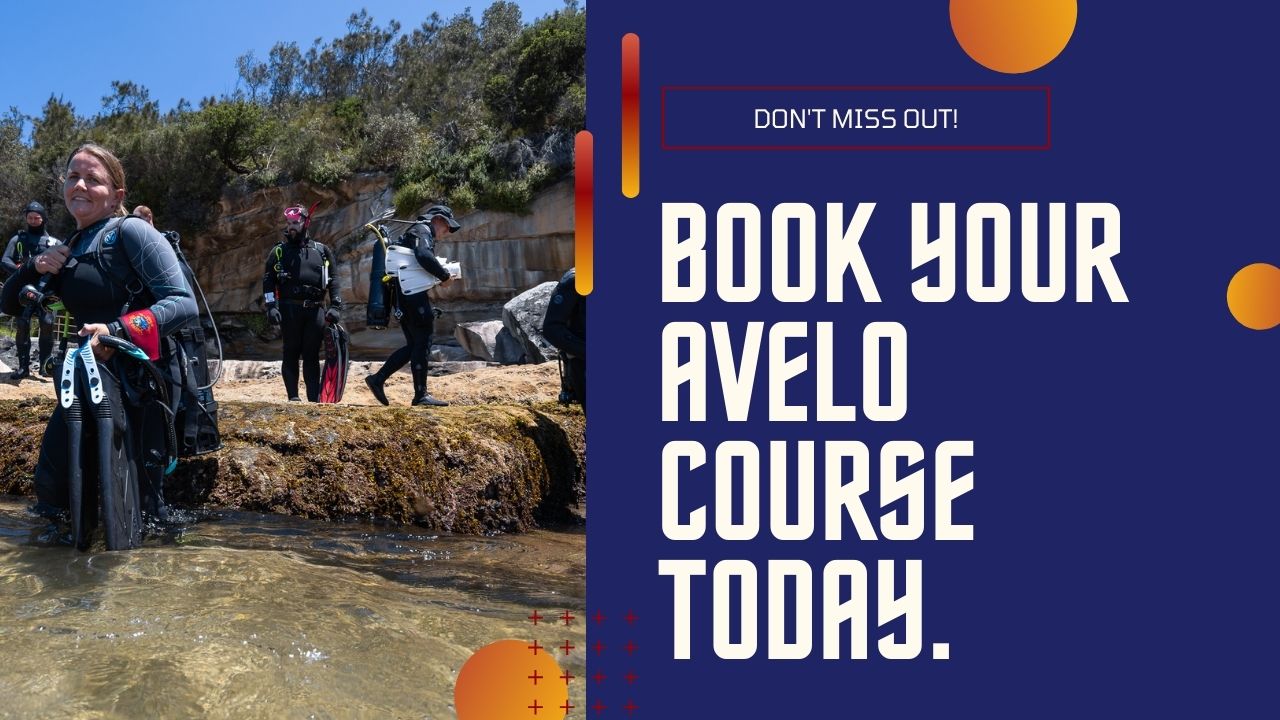You have 0 product(s) in your cart.
Abyss Scuba Diving
Ultimate Guide To Choosing The Best Scuba Tank For Your Diving
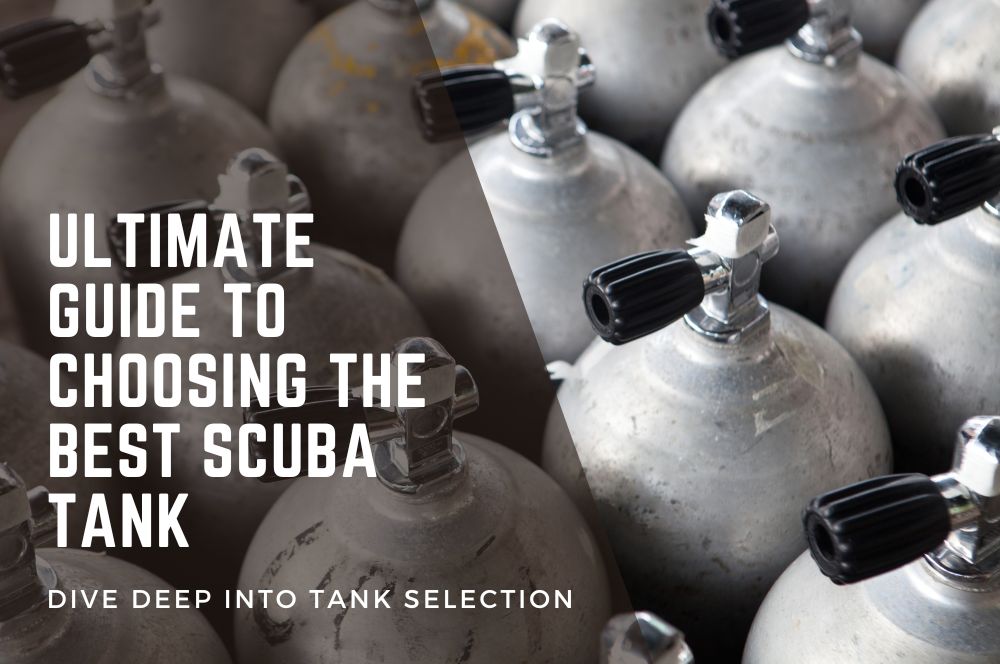
Ultimate Guide to Choosing the Best Scuba Tank for Your Diving Adventures
Choosing the right scuba tank is crucial for a safe and enjoyable diving experience. This guide will explore the essential factors, such as type, material, size, and capacity, that you need to consider when selecting a scuba tank that suits your diving needs. Whether you’re planning shallow reef dives or deep wreck explorations, the knowledge you’ll gain here will help ensure your underwater adventures are both remarkable and secure.
Key Takeaways
-
Scuba tanks, available in volumes ranging from 3 to 120 cubic feet with varying pressure capacities, must be chosen based on the specific diving activity and individual diver’s needs, with considerations for durability, resilience, and gas consumption rates.
-
Material matters: Steel scuba tanks offer longer submersion times and are favored in cold water for their negative buoyancy, while aluminum tanks are lighter and preferred in warm waters despite requiring more maintenance against rust.
-
The Avelo Hydrotank introduces advanced features like integrated water-based buoyancy control and significant reductions in air consumption, offering divers longer bottom times, smoother experiences, and a customizable modular design that reduces maintenance needs.
Dive into the World of Scuba Tanks
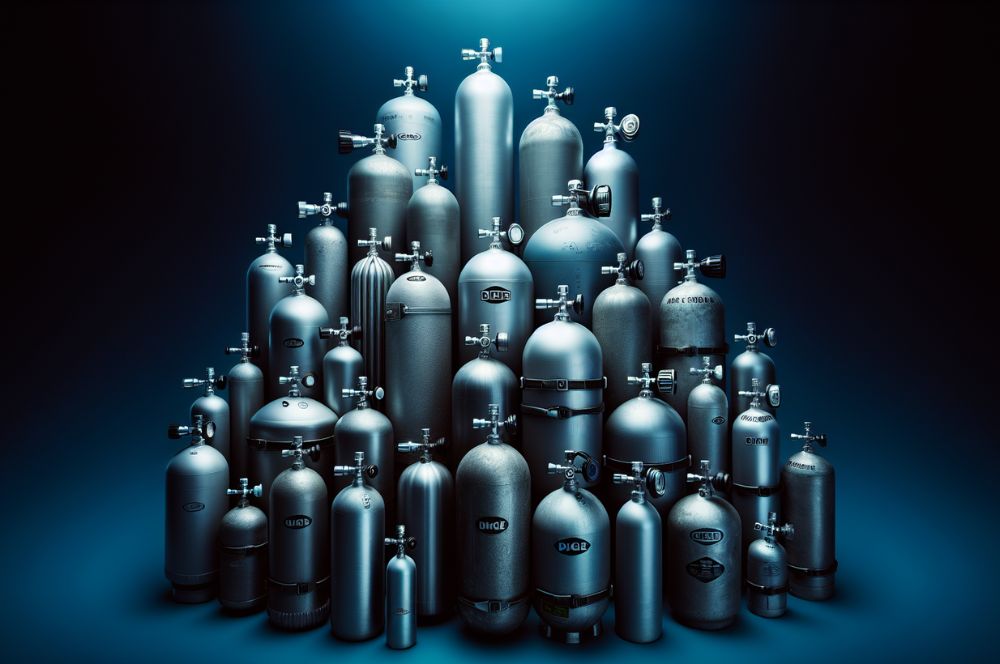
Scuba tanks, affectionately dubbed diving cylinders by those who frequent the underwater world, are the beating heart of a diver’s gear. These vessels harbor the precious air we breathe, allowing us to momentarily join the aquatic life that thrives below the surface. With volumes ranging from a modest 3 to a robust 120 cubic feet and pressure ratings that can reach up to 300 bars, scuba diving tanks ensure that divers’ lungs are well supplied for their subaqueous adventures. Take, for instance, the Spare Air Model 300, a compact titan among dive tanks, epitomizing the kind of resilience and capacity essential for exploring the depths.
From the moment you strap on your tank and take that first breath of compressed air, you become part of a world that few have the privilege to witness. It’s not just about having enough air; it’s about having the right air, the kind that’s contained in a scuba tank designed for the diver’s specific journey, whether it’s a leisurely reef tour or a challenging cave dive.
The Spectrum of Scuba Diving Categories
Scuba diving unfurls a spectrum of categories, each with its own set of demands on diving equipment and tank selection. Some of these categories include:
-
Drift diving: harnesses the power of ocean currents, propelling divers across expansive underwater landscapes with minimal effort
-
Shark diving: brings one face-to-face with nature’s formidable predators, demanding the highest safety standards and gear
-
Night diving: transforms the underwater world into a mysterious realm, necessitating powerful lighting to reveal the nocturnal wonders hidden in the darkness
On the other end of the spectrum lies open water diving, the gateway for many scuba divers to the scuba world, where the open seas and lakes beckon with their unobstructed expanse. Specialized categories such as boat diving, shore diving, and the technical complexity of cave diving each impose unique demands on the scuba tanks that accompany divers on their underwater quests.
Factors Affecting Your Scuba Tank Choice
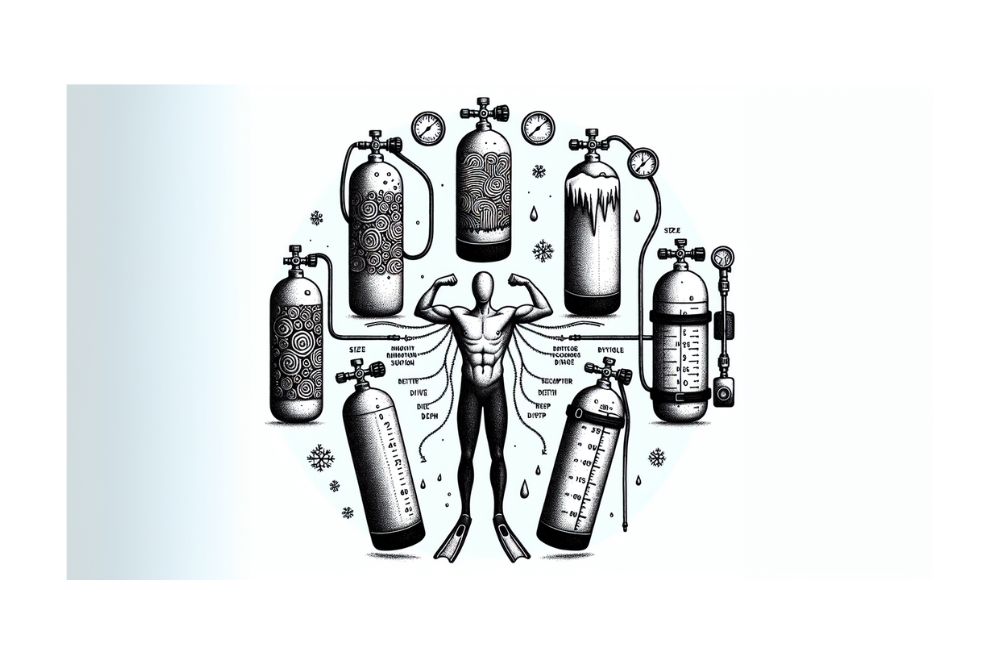
A myriad of factors come into play when choosing the right scuba tank. It’s a balancing act between personal comfort and the practicalities of diving. Your physical size and strength, along with the gas consumption rates that reflect your diving proficiency, are pivotal in deciding on a tank’s weight and size. Dive duration, water temperature, and the very nature of the dive category itself, whether you’re skimming coral reefs or delving into the haunting silence of a shipwreck, further influence your selection.
It’s not uncommon for seasoned divers to invest in a personal stock of tanks, ensuring they’re equipped for those multi-dive days or expeditions to remote locales where tank refills are a luxury rather than a given. This personal arsenal of cylinders becomes a reflection of the diver’s style and experiences beneath the waves, a testament to their passion for the sport and their preferred tanks range.
Materials Matter: Understanding Scuba Tank Composition
When it comes to scuba tanks, the material is as significant as the air inside. Steel cylinders, revered for their durability and higher air capacity, are the go-to for divers seeking longer submersion times. The negative buoyancy they offer is particularly advantageous in colder regions, like southern Australia, where thicker wetsuits are the norm. Yet, these steel tanks demand vigilant maintenance to stave off the internal rust that their hardy exteriors belie.
Aluminium tanks counter with their rust-resistant, economical allure, a favorite in warmer waters and among technical divers who appreciate their lightweight nature despite the need for thicker walls. And while steel and aluminium have long been the stalwarts of the diving industry, innovative materials are emerging, offering divers new possibilities in tank technology.
Matching Tanks to Diving Types

The intricate relationship between diving types and their preferred tanks is a dance of functionality and necessity. Cave divers, for instance, swear by the robustness of steel tanks, which can withstand the rigorous demands of their subterranean explorations. Technical divers, too, lean towards steel for its ability to sustain them during the extended dive times required at complex sites like deep wrecks and caves.
Conversely, boat divers often opt for the lighter aluminium tanks, such as the Steel HP100, which offer increased capacity without the burden of weight, given that carrying the tank over long distances isn’t a concern. Aluminium also finds favor with technical divers, who may use these cylinders as stage or decompression tanks due to their diverse size range and accommodating pressures.
Yet, regardless of preference, divers must remain cognizant of the maintenance and rust potential that come with their choice of steel scuba tanks.
The Revolutionary Avelo Hydrotank
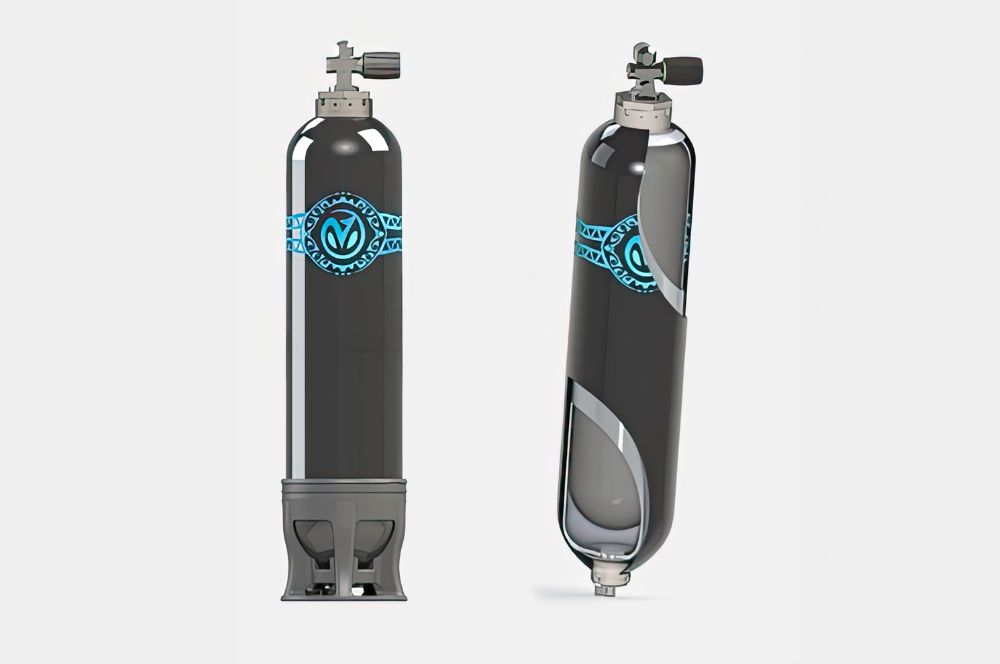
Enter the Avelo Hydrotank, a revolutionary leap in scuba tank technology. This isn’t just an incremental improvement; it’s a reimagining of what a dive tank can be. With its integrated water-based buoyancy control system, the Avelo Hydrotank renders traditional BCDs and weights obsolete, inviting divers to experience unprecedented freedom and precision in the water.
The Tech Behind the Tank
The Avelo Hydrotank offers several impressive features:
-
Buoyancy control: The tank allows divers to ascend or descend with the press of a button by adding or releasing water from the tank.
-
Mid-dive adjustments: Buoyancy adjustments can be made during a dive, providing a level of control that traditional tanks can’t match.
-
Battery efficiency: An Experimental Dive Team demonstrated that the Avelo Hydrotank’s battery can sustain 7 to 8 dives on a single charge, showcasing its remarkable efficiency.
This tech isn’t just about convenience; it’s about enhancing the diving experience. The Avelo Hydrotank’s design allows for significantly reduced air consumption, up to 30%, which means divers can enjoy longer bottom times and more exploration on a single tank.
Benefits in Action
The Avelo Hydrotank offers the following benefits for underwater photographers and technical divers:
-
Superior buoyancy control for steady positioning at various depths
-
Crisp and vivid images of the deep without constant manual adjustments
-
Precise buoyancy adjustments for navigating complex underwater topographies
The Avelo Hydrotank is a godsend for underwater photographers and a critical component for technical divers.
Divers have reported the following benefits when using the Avelo Hydrotank:
-
Longer dive times
-
Smoother experiences
-
Efficient gas usage
-
Ease of adjusting buoyancy during the dive
Its versatility also shines in wreck diving, where durability and buoyancy control are paramount for exploring submerged structures.
Making the Switch
Adopting the Avelo Hydrotank system is a journey of adaptation and learning. Its modular design offers customization and a consistent buoyancy profile, a significant shift from traditional scuba cylinders. Transitioning to this system involves mastering a new set-up procedure to ensure optimal functionality, as well as acclimatizing to the tank’s unique buoyancy characteristics that remain constant regardless of air consumption.
Divers must refine their weight distribution and buoyancy control techniques to accommodate the Avelo Hydrotank’s non-variable buoyancy feature. This adjustment, however, comes with the long-term benefit of reduced maintenance compared to aluminium and steel tanks, thanks to its corrosion-resistant construction.
Enhancing Your Underwater Journey with the Right Tank
The right scuba tank is more than a vessel for air; it is an integral component that can make or break your underwater journey. Selecting a tank that complements both your diving category and personal needs is paramount to maximizing the enjoyment and functionality of your dives.
Personal Experience Tailoring
Tailoring your scuba tank to your personal preferences and experiences is not just about comfort; it’s about creating a seamless extension of your diving persona. Owning your own tank affords you the convenience of gear that’s always ready for adventure, particularly in locales where rentals are limited or don’t cater to your specific needs. Visit a shop specializing in diving gear to find the perfect scuba tank for you.
The choice of your scuba tank is a personal one, reflecting your unique diving style and the experiences you seek beneath the waves. Whether you’re drawn to the silent world of cave diving or the vibrant colors of a coral reef, having a tank that suits your pursuit will enhance every breath you take underwater.
Safety and Compatibility
Safety in diving is non-negotiable, and the scuba tank you choose must meet the highest standards to ensure your well-being. Adherence to stringent safety protocols is essential to prevent accidents such as tank ruptures, which can occur due to overfilling or filling beyond rated pressures. Regular inspections by qualified technicians and requalification by approved testing facilities are critical for maintaining the integrity of your scuba cylinder.
Moreover, your tank must be compatible with the rest of your dive gear, including having the correct valve assembly fitting like DIN or yoke for your cylinder. For those using oxygen-enriched breathing gas, special care is needed to prevent fires or explosions, necessitating proper cleaning and marking for oxygen service.
Dive Gear Essentials: What Pairs with Your Tank
A scuba tank is only one piece of the diving puzzle. The regulator is a critical bridge between the tank and the diver, converting high-pressure air into breathable gas, often requiring specific features like a 300 bar capability and a DIN connection to pair with certain tanks. Alongside the regulator, buoyancy compensator devices (BCDs) play a pivotal role in managing the tank’s weight, aiding buoyancy, and preventing unwanted descents.
Equally important is the wetsuit, your shield against the cold and environmental elements. The conditions you dive in will influence not only your wetsuit choice but also the type of scuba tank you use, as different environments call for different features in both gear pieces.
Summary
As we resurface from this deep dive into the world of scuba tanks, it’s clear that the right tank can elevate your diving to new heights. We’ve navigated through the essentials of tank types, materials, and the groundbreaking Avelo Hydrotank, uncovering how each choice impacts your underwater journey. Remember, the aim is to find a tank that not only meets the technical demands of your dives but also aligns with your personal style and preferences.
Embrace the adventure that awaits with every descent, and let the knowledge you’ve gained here guide you to the perfect scuba tank. It’s not just about breathing underwater; it’s about finding harmony between the diver and the deep blue, ensuring every adventure is as breathtaking as the first.
Frequently Asked Questions
What are the main differences between steel and aluminium scuba tanks?
Steel tanks have higher air capacity and negative buoyancy, benefiting divers in thick wetsuits, while aluminium tanks are more economical and resistant to rust, making them suitable for warmer waters and technical diving. Consider your diving conditions and budget before choosing.
How does the Avelo Hydrotank change the way I control my buoyancy?
The Avelo Hydrotank changes the way you control your buoyancy by using a water-based system that enables you to ascend or descend by adding or releasing water from the tank, eliminating the need for traditional BCDs and weights.
Can I use the same scuba tank for different types of diving?
It's important to match your tank to the type of diving you're doing for optimal performance and safety, as different diving categories have specific tank preferences.
Why do I need to customize my scuba tank choice to my personal experience?
Customizing your scuba tank choice to your personal experience leads to a more enjoyable and functional dive experience by matching it with your air consumption rates, buoyancy preferences, and diving style.
What regular maintenance and safety checks are required for scuba tanks?
To ensure safety, scuba tanks need regular inspections by qualified technicians and requalification by approved testing facilities. Tanks used for oxygen-enriched gas also require special cleaning and must be marked for oxygen service.
-
Explore in Comfort: Find the Best Dive…
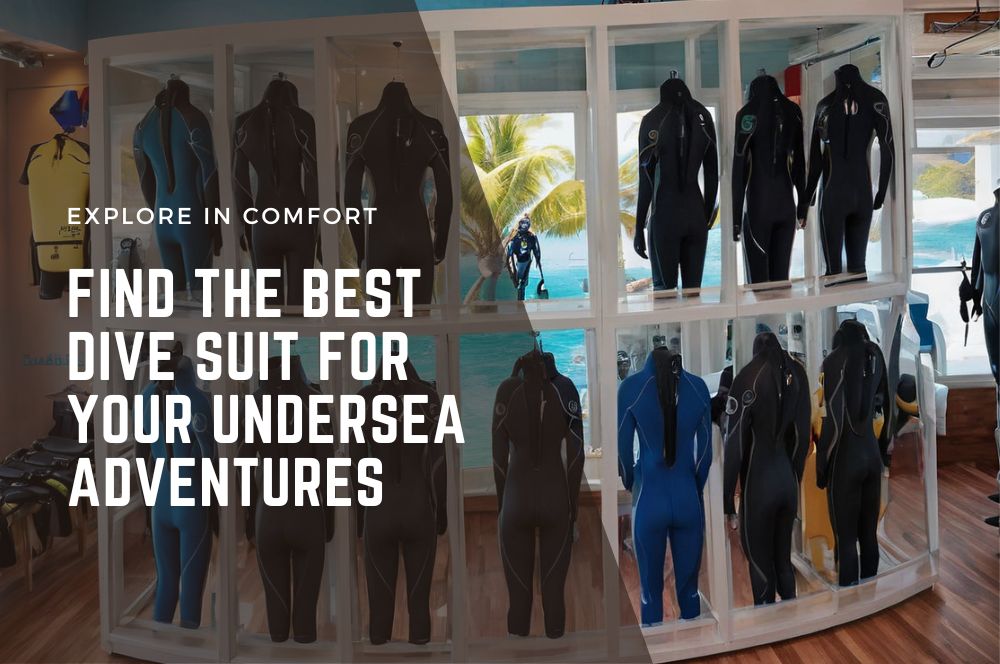
Explore in Comfort:…
Explore in Comfort: Find the Best Dive Suit for Your Undersea Adventures Finding the right dive suit can […] -
Essential Dive Kit Essentials: Gear…
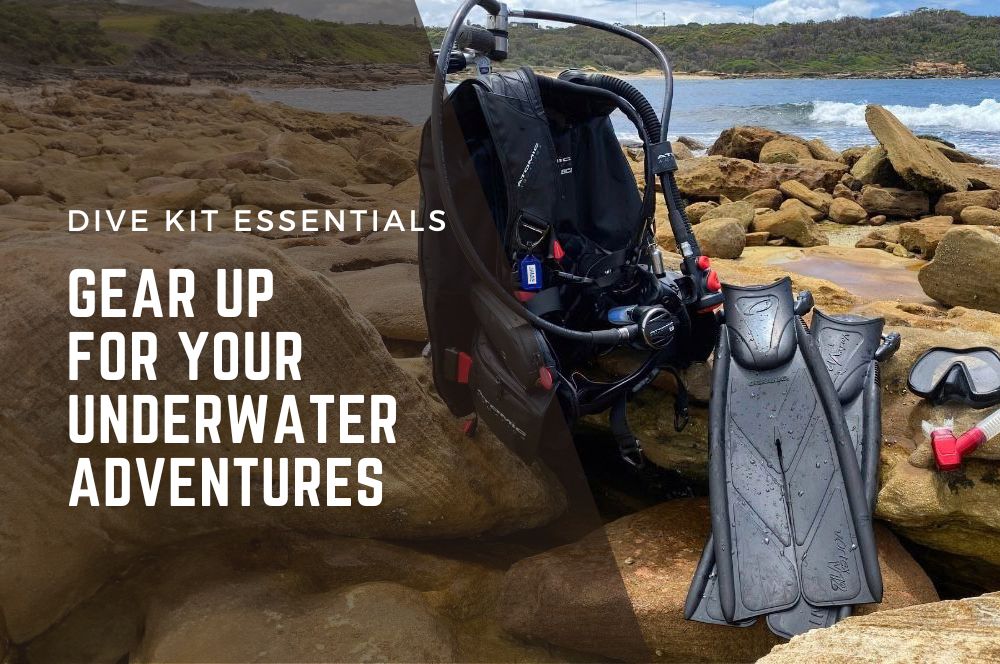
Essential Dive Kit…
Essential Dive Kit Essentials: Gear Up for Your Underwater Adventures A dive kit is your underwater lifeline. […] -
GoPro 12 vs. iPhone in Oceanic+ Housing:…
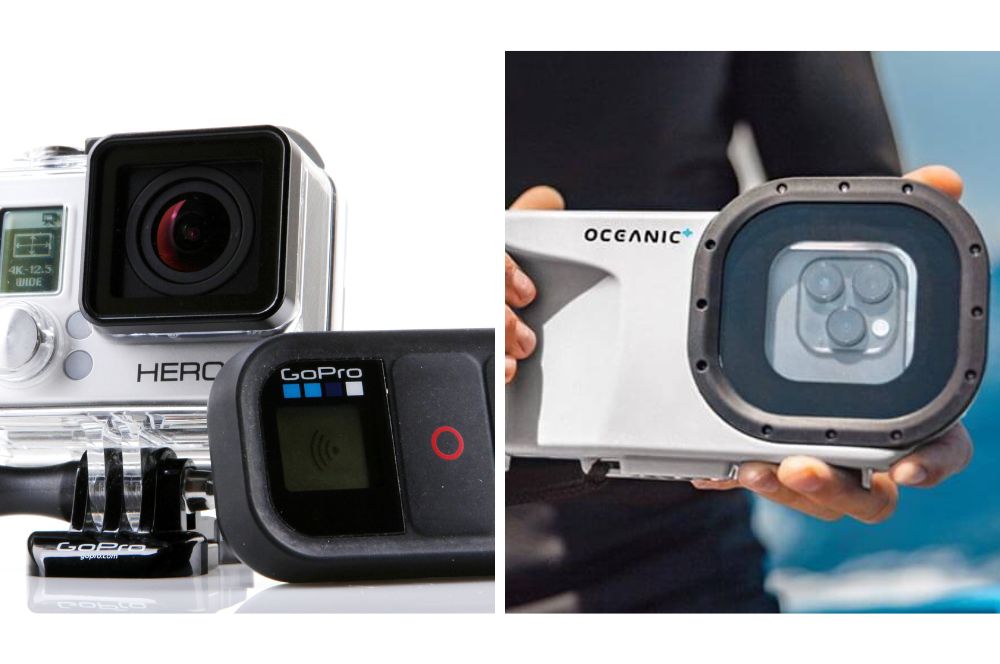
GoPro 12 vs. iPhone…
GoPro 12 versus iPhone in Oceanic+ Housing: Who Wins the Underwater Camera Battle? Hey there, fellow divers! […] -
The Ultimate Guide to the Oceanic Dive…
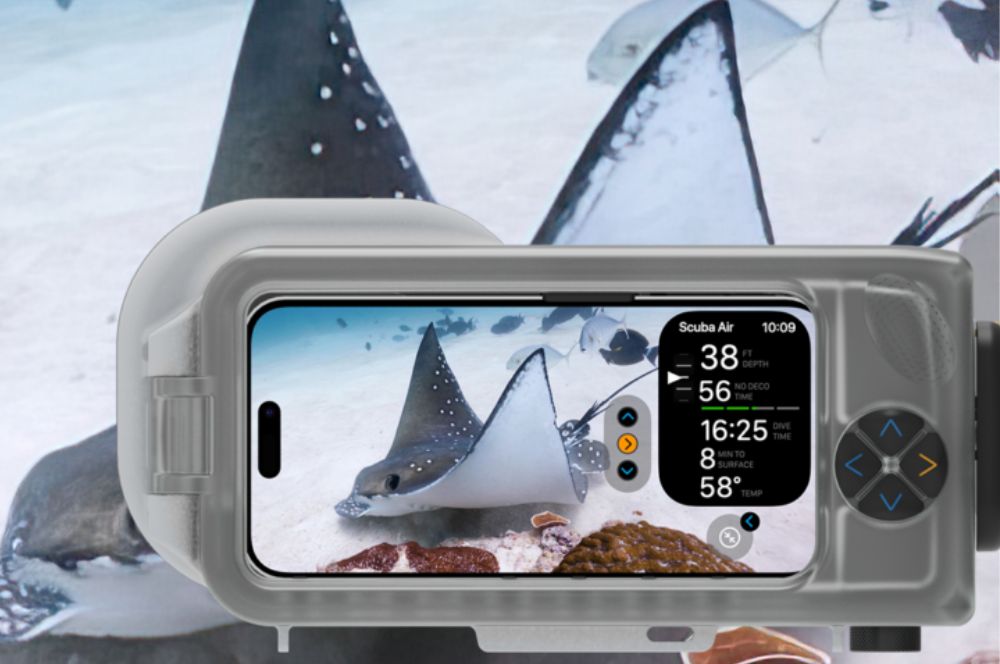
The Ultimate Guide…
Explore the Depths: Your Guide to the Oceanic Dive Housing for a iPhone Are you ready to embark on an incredible […]
Recent Posts
